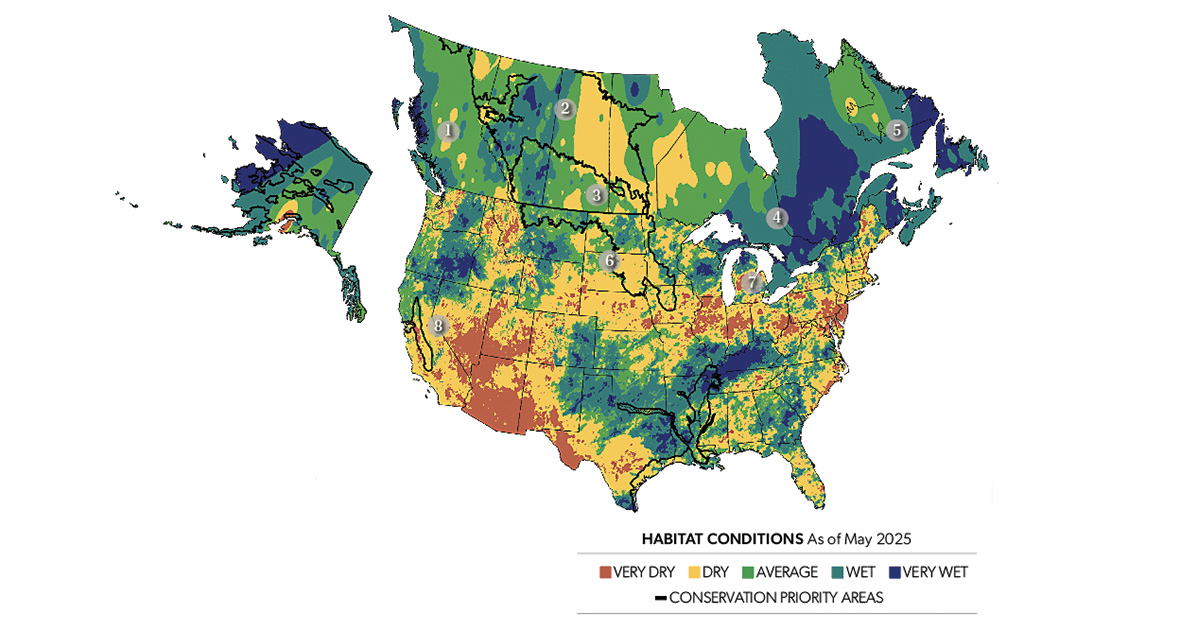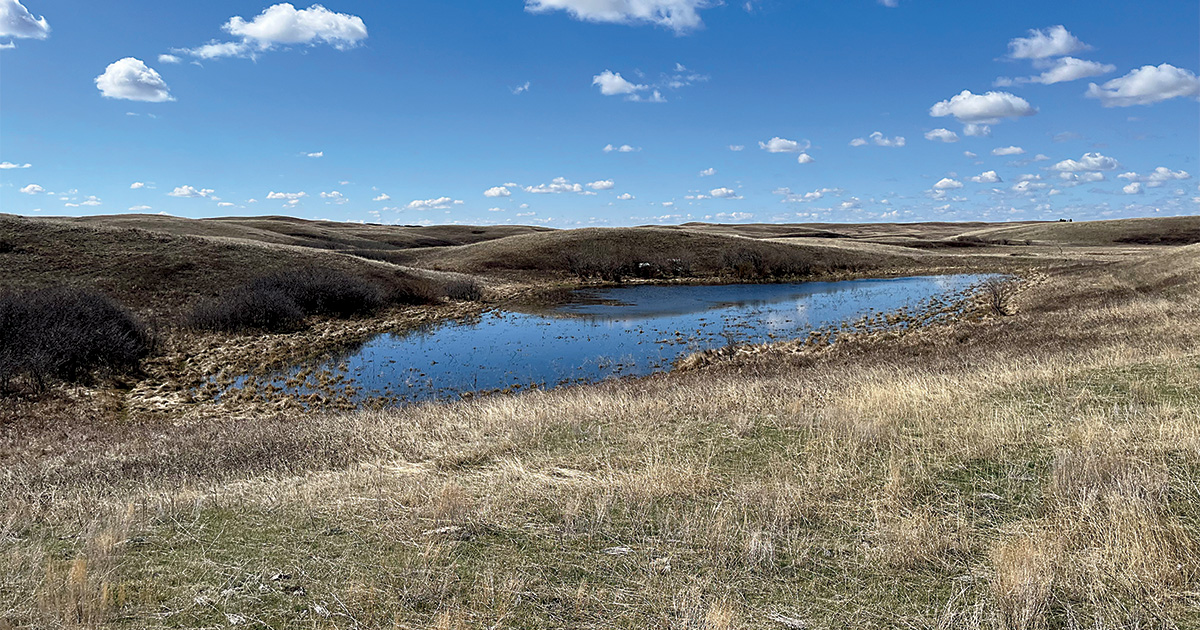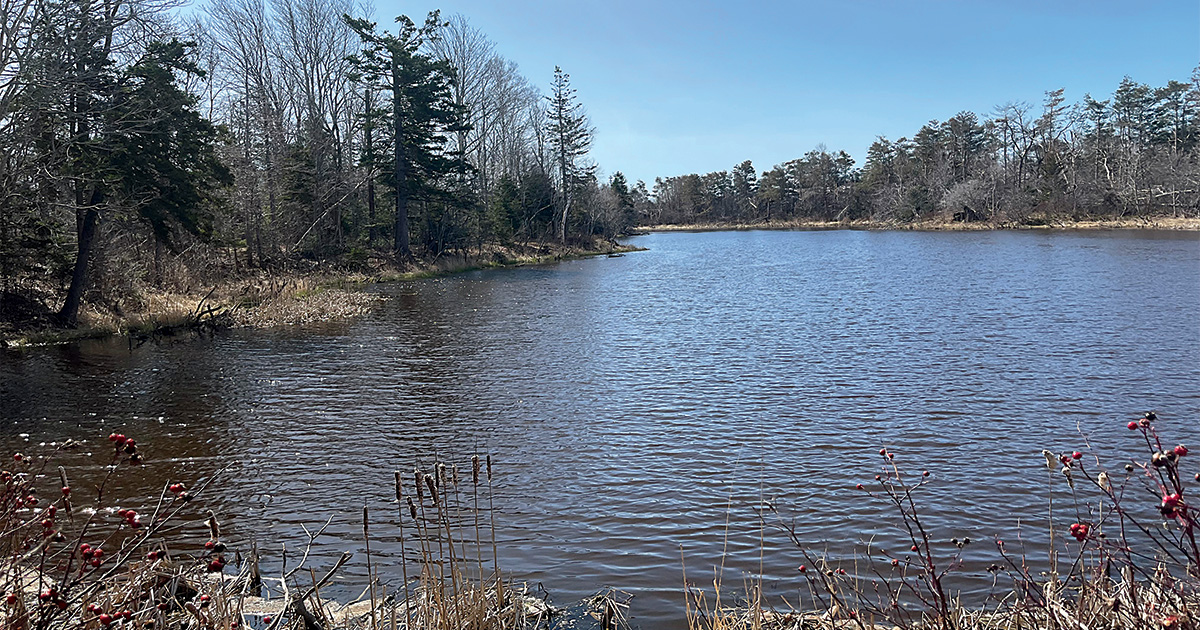Field Reports: 2025 Duck Production Outlook
An overview of wetland conditions on North America's most important waterfowl breeding areas
An overview of wetland conditions on North America's most important waterfowl breeding areas
By DU Field Biologists

DATA SHOWS PALMER DROUGHT INDICES WITH CATEGORIES CONSOLIDATED AND COLORED TO MATCH CURRENT CONDITIONS. CLIMATE ENGINE. 2025; DESERT RESEARCH INSTITUTE AND UNIVERSITY OF IDAHO. ACCESSED ON JUNE 2, 2025; HTTP://CLIMATEENGINE.ORG. NOAA NATIONAL CENTERS FOR ENVIRONMENTAL; INFORMATION AND AGRICULTURE AND AGRI-FOOD CANADA.
The interior and Peace parklands of British Columbia remain abnormally dry. Many wetlands are receding or dry, limiting waterfowl breeding habitat in these areas. Conditions are better along the coast, where spring precipitation created generally favorable habitat for migrating and breeding waterfowl.
Despite below-average spring precipitation, many lakes and wetlands remain at healthy levels in the Boreal Forest, thanks to substantial runoff from accumulated snow. By mid-April, waterfowl were returning to the region in large numbers and, in areas where open water was available, mallards and other early nesters began establishing territories. The spring migration was still under way in mid-May as waterfowl continued to push through the region en route to northern breeding areas.

Although soil moisture levels have improved across Prairie Canada, wetland conditions are highly variable in the region, and timely precipitation will be needed to maintain many waterfowl habitats through the breeding period.
Although a few dry pockets remain, most of Prairie Canada is no longer classified as being in drought. Spring wetland conditions, however, varied widely. In late May, southeastern Saskatchewan and southwestern Manitoba received three or more inches of rain. This moisture helped recharge shallow seasonal wetlands, which will benefit late-nesting waterfowl. In contrast, central Saskatchewan received less than half an inch of rainfall in April and May combined, resulting in considerably drier conditions. In Alberta, spring precipitation and wetland conditions were variable, with many seasonal wetlands holding water but receding. As expected, birds in drier regions have concentrated in areas where water is plentiful.
Much of Ontario and Quebec received above- average spring precipitation, creating favorable wetland conditions for breeding waterfowl, especially in the north. Although nesting was delayed slightly by cool temperatures, DU field staff observed good numbers of Canada goose and mallard broods by the end of May.

Wetlands remained at healthy levels this spring across Canada’s Atlantic provinces.
Spring was cool and wet across much of Atlantic Canada. Lakes, rivers, and wetlands in the region are at healthy levels, providing good habitat for breeding waterfowl. As of late May, Canada goose broods were being widely observed along with early-nesting mallard and black duck broods.
Below-average precipitation throughout the winter and early spring set back the development of upland cover and influenced the distribution of breeding waterfowl across the US prairies. Timely rainfall in mid-May improved wetland conditions in North Dakota, but additional rainfall will be needed to ensure adequate habitat for brood rearing. Field reports indicate that upland game bird numbers are looking good heading into the summer.
Following a dry early spring, heavy rainfall in mid-May recharged many wetlands in North Dakota’s pothole country.
Precipitation continues to trend below normal across the Great Lakes, and pockets of abnormally dry to severe drought remain in the region. Above-average spring rainfall has improved wetland conditions in the northeast, but additional precipitation will be needed to maintain waterfowl habitats through the breeding period.
Wetland conditions were generally good this spring across the West. Winter flooding in California provided excellent early-spring habitat for waterfowl and other migratory birds. In Alaska, the outlook is generally positive for breeding waterfowl following the spring thaw.
Ducks Unlimited uses cookies to enhance your browsing experience, optimize site functionality, analyze traffic, and deliver personalized advertising through third parties. By continuing to use this site, you agree to our use of cookies. View Privacy Policy